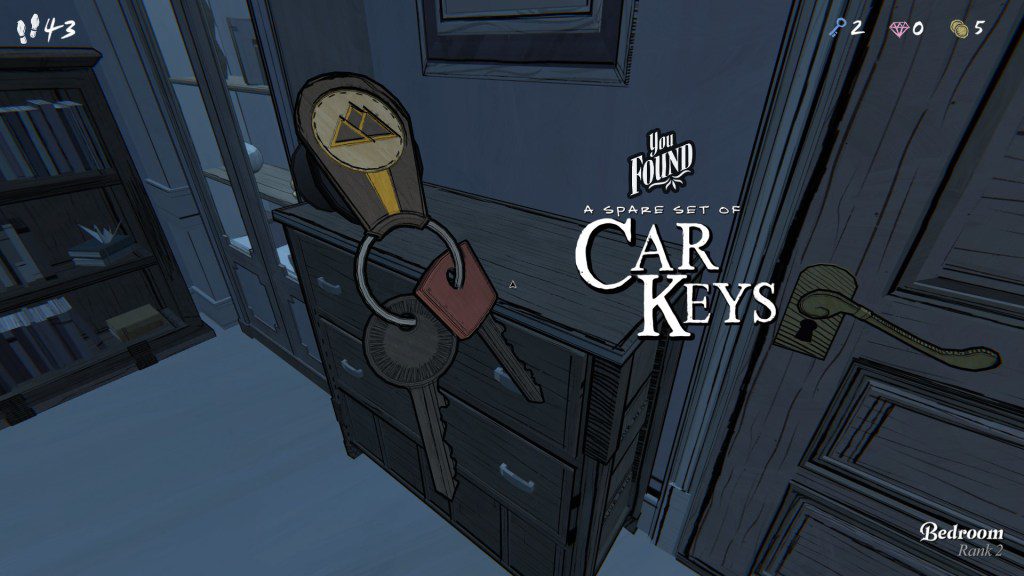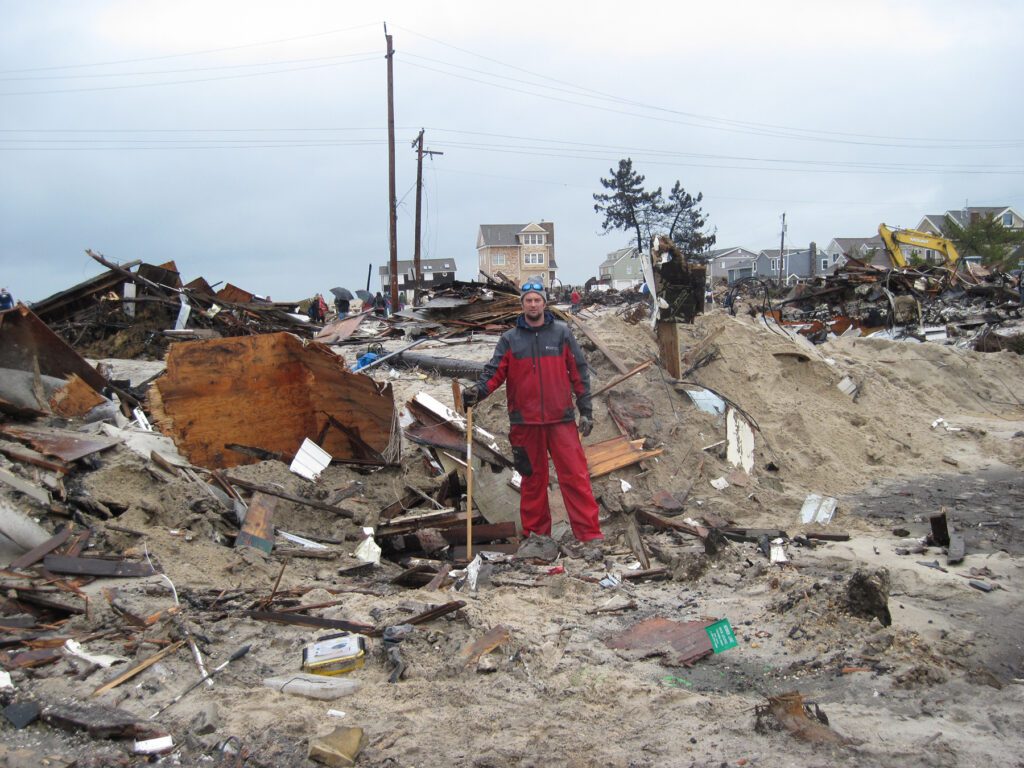Brain-Breaking Puzzler ‘Blue Prince’ Is Already Getting ‘Game of the Year’ Hype
Around this time every year, a wave of indie games begin to appear that will make their mark on players. Balatro in 2024, Dredge in 2023, and Sifu in 2022 are some examples of indie darlings that shaped the landscape for the months to come — drawing attention from AAA blockbusters and racking up the accolades for year-end lists. This year’s first big breakout has officially arrived in the form of Blue Prince.
The premise of Blue Prince is deceptively simple. As the heir of Mt. Holly, the protagonist is tasked with plunging into the manor in search of Room 46. The room isn’t on any architectural plans, and there’s no indication of how to get to it, nor what awaits inside. The problem is that every room in the manor on the way to the endpoint changes position each day — rebuilt like a puzzle by the player’s own design.
Blue Prince is introduced as a roguelike — a genre where players replay randomized levels repeatedly while progressing in different ways — but it doesn’t take long for the player to realize that it’s very different than the staples of the genre like Hades (2020). Instead, it’s DNA it’s akin to deduction-based puzzle adventures like The Witness (2016), Return of the Obra Dinn (2018), and Outer Wilds (2020. Blue Prince is a first-person exploration that rewards rigorous note-taking, attention to detail, and most of all, discovery — all wrapped up in a structure where the world is constantly morphing with each decision made.
We’re still fairly early into the year, but developer Dogubomb’s labyrinthine experience is already one of the most critically acclaimed games of 2025. Blue Prince is an engrossing amalgamation of puzzles that allows for lateral thinking, and here’s why it might be your next great obsession.
What is Blue Prince?
In Blue Prince, players incarnate a 14-year-old boy named Simon, who’s been tasked with exploring his great uncle’s ever-shifting manor. The adventure is presented in the first-person, and the structure is quite straightforward, at least on the surface. Each “run,” or attempt to get the “end,” is conveyed as an in-game day. Simon can only explore Mt. Holly for so long before being forced to leave the manor and camp for the night. He begins each day with 50 steps to expend, and most of the rooms cost one step to enter, so being mindful about every move is essential.
Upon entering the manor, the player is faced with multiple doors. Interacting with a door opens up a blueprint menu to draft a room, picking from a handful of randomized options. A garage, laboratory, observatory; the list goes on. Every room has its own conditions and distinctive elements from the rest. Some have rewards like valuable expendable items, such as keys to open locked doors or coins to exchange for tools like shovels and compasses. Others might have puzzles to solve, story bits to read and theorize about, or a seemingly innocuous clue that should absolutely be written down or captured via screenshot; Chances are it will come in handy at a later point.
Blue Prince is a first-person game where players must examine every detail around them.
Raw Fury
Once Simon runs out of steps, the day is concluded. Starting a new one resets almost everything, meaning that players have to draft rooms again from the lobby of the manor using a different pool of randomized options assigned by a draw (like a deck of cards). There are some unlockables that grant permanent upgrades, such as access to different sites of the manor that can grant temporary bonuses, or even an allowance so Simon starts each day with some coins in his pocket. But ultimately, the most valuable asset to gain for future days is knowledge.
For those who don’t play puzzle games often, Blue Prince can be overwhelming at first. The act of drafting rooms, especially ones the player hasn’t visited before, can feel like taking shots in the dark. Yet there’s an inherent joy to impetuously (at least initially) building your own puzzle out of grid-like blocks, knowing that all decisions are final and will chart the course of the day. Over time, learning the function of each room, and the value or risk they represent when drafting, makes the game become rapidly and organically strategic.
Puzzles Within Puzzles
Eventually, players will stumble upon a riddle or physical mystery to solve. After drafting a parlor, the room grants a wind-up key for players to insert in one of three locked boxes. A note nearby provides some hints: There will always be at least one box which displays only true statements; There will always be at least one box which displays only false statements; And, lastly, only one box has a prize within, the other two are always empty. The statements are randomized each day, and can become more difficult the closer a parlor is drafted to the final room.
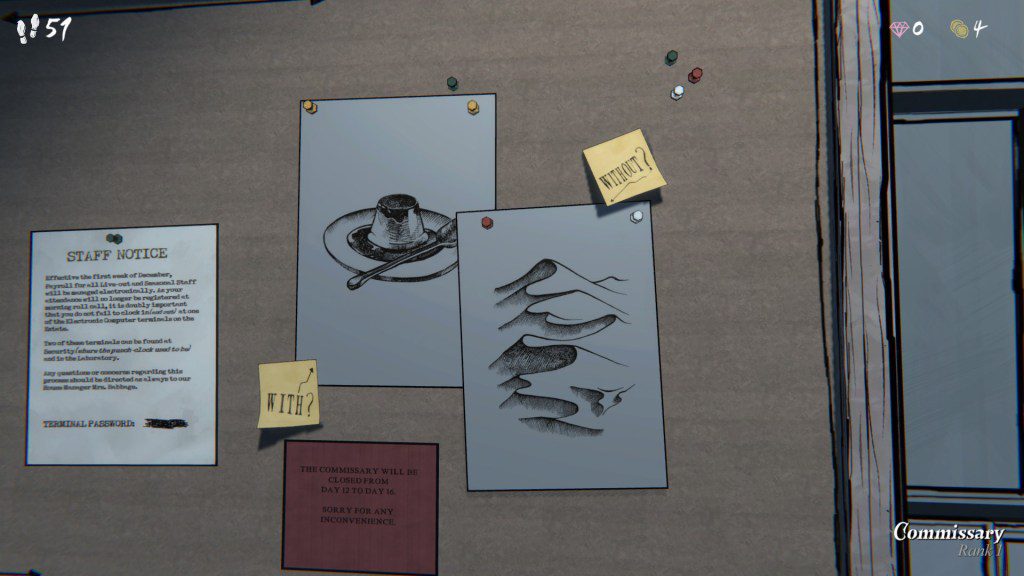
Clues (and fake outs) are peppered everywhere, from pamphlets to read and terminals to hack.
Raw Fury
Luck and deduction-based puzzles such as the one in the parlor are engaging. But they’re a far cry from, say, the darts puzzle. Found inside the billiard room, these puzzles have a simple solution hidden behind an obfuscating structure. To hit the highlighted number on the dart board, there’s clearly some form of math needed, but there’s no clear instructions or clues — it’s entirely about trial and error (and taking lots of math-related notes). It’s a high-reward puzzle, offering valuable gems.
But for many, the dart boards will be a head scratcher (or even a hair-puller), as it compounds the game’s biggest mechanics into one single concept: try, fail, memorize. Players will need to repeat that process (and again, write everything down) until they learn to read each room and the puzzles within puzzles.
The Steam store page hints that there is more than one way to solve puzzles. The dart board allowed me to put this lateral thinking to the test, throwing ideas at the wall until some kind of solution presented itself. Even if it’s not the intended one. My first three hours with Blue Prince flew by. After the five-hour mark, I had already taken 221 screenshots and two pages of notes.
The framework underneath Blue Prince isn’t flawless, though. As enticing as the roguelike structure is at first, it’s not without hurdles. Each room, aside from its distinct properties, also serves as a block on a grid — essentially the blueprint of the entire manor. There is a coveted “antechamber” room right at the northern point of the blueprint, which serves as the first mystery and destination to strive for. When drafting rooms, players are also creating new pathways to further explore the manor. Some are corner-shaped, others are hallways with doors on all four sides, and very frequently, it’s possible to draft a dead end.
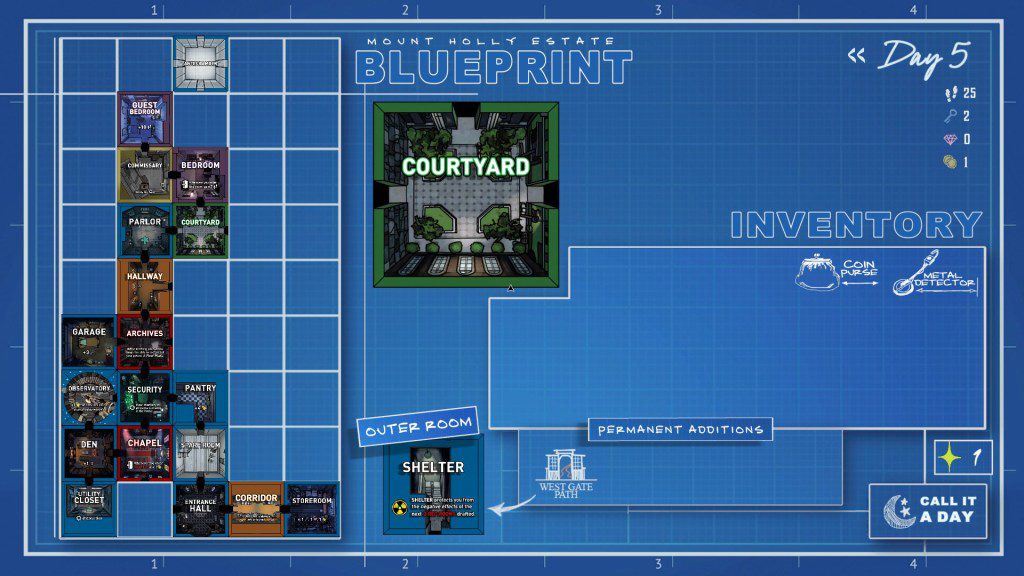
The manor’s blueprint is built room-by-room through player choice, leading to the coveted Room 46.
Raw Fury
The problem is that it’s easy to surround yourself with dead ends early on. There will be days that end after only drafting a handful of rooms before being cornered and forced to resign. Early rooms are usually the same and somewhat simple — hallways, bedrooms, and puzzle parlors — but the closer the player gets up the rungs of the grid toward the antechamber, the higher the rank of each room gets, with more complex options (and solutions) presenting themselves.
In games like Hades, the challenges players face in each randomized area comes from the enemies and environmental hazards. Being killed is frustrating, but it feels like being beaten in the traditional sense. In last year’s Balatro, the central concept is playing modified poker hands to hit a minimum score; losing there feels more like bad luck, but it’s an easy pill to swallow with the idea of cards. In Blue Prince, failure feels personal — there’s no obvious outside forces or chance gamble at play that leads to ruin. It’s just a series of bad choices made at the mercy of the options presented.
The structure can feel repetitive and, at least at the beginning, fruitless. Pulling from a randomized pool means players will always need to draft the right card at the right time, and once a door is opened, there’s no going back. It’s very possible to end up with exactly the blueprint draw needed, but being unable to craft it due to lacking the right resources. Part of the strategy is trying to create a flexible plan based on what resources present themselves, but even far-reaching progress can be undone instantly by having expended too many resources to get to a certain point, then having a bad draw require more — which are either impossible to get or too far away to backtrack for without running out of steps.

Each room has its own value and purpose, but bad decisions can have consequences.
Raw Fury
Eventually, by shifting priorities to try and solely uncover new rooms, while being smarter about the placement of pathways, the brilliant nature of Blue Prince truly sets in. The creativity on display by Dogubomb around the game’s ideas is ever-apparent. The coat check room allows players to check one tool and retrieve it on another day — as you’re lucky enough to get the room again to draft it, that is.
This was particularly helpful after discovering the ominous security room, which allows “special orders” of items to be delivered on a future day. To get access to the terminal for the orders, it requires looking at one particular document using a magnifying glass to find the password. But none of these things appear related at first — it’s only by combing through each room, uncovering details, and meticulously drawing mental connections that the answers become apparent.
Why is Blue Prince so popular?
Once you’re caught in Blue Prince‘s web, it’s easy to get absorbed by puzzle solving and discovering new rooms each day, and their true purposes. This pursuit is bolstered by an endearing presentation, as well as the larger backstory that is presented in loose documents or environmental clues. Blue Prince is as much about solving logic or number puzzles as it is about playing detective, which opens the door to people who might otherwise be deterred by the genre.
At the time of publication, Blue Prince is ranked number one in Metacritic’s Best Games This Year list with a 92 Metascore, dwarfing the likes of 2025’s blockbuster titles Split Fiction, Kingdom Come Deliverance II, and Monster Hunter Wilds. As superficial as these rankings might seem to some, it’s a noteworthy achievement for an under-the-radar game that the general public hadn’t heard of last week. Yet, for those who’ve been paying attention to indie darlings in recent years, it’s hardly a surprise.
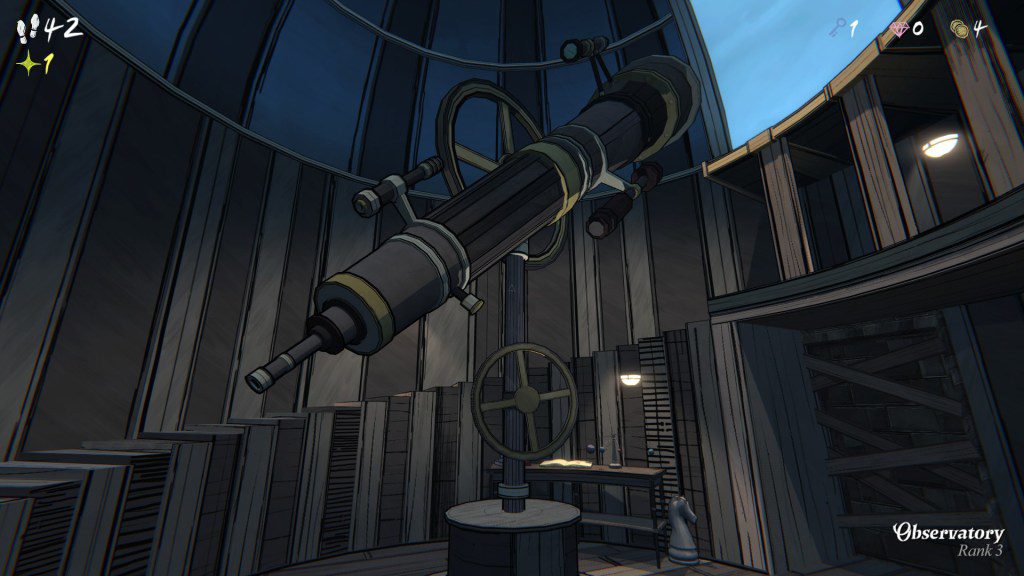
It can be difficult to surmise or strategize around how best to navigate the mansion.
Raw Fury
Last year, indies like Lorelei and the Laser Eyes and Animal Well bluntly took hold of the conversation from the onset, and were considered early contenders for “game of the year.” They were big success stories not just within their genres (puzzles and platformers, respectively), but in the realm of indie gaming, period. The likes of Neva and UFO 50 followed suit, carving a place amongst the likes of the Silent Hill 2 remake and Astro Bot as titles that managed to maintain players and critics’ attention even in a crowded end of year pileup. Of course, there was one other big indie among the bunch that ended up head and shoulder’s above the rest: Balatro.
It’s impossible to look at Blue Prince and not immediately draw a comparison with Balatro. LocalThunk’s staggering success story started from a similar place with a deceptive roguelike puzzler, only to Trojan Horse in a cultural wrecking ball that’s still going strong well into 2025 as it continues garnering attention at award shows like the BAFTAs.
Despite the clear differences in premise alone, Blue Prince is the latest game to join the steadily growing trend of small studios that are capitalizing on the success of obtuse yet rewarding adventures in their own ways. Even though AAA games are slowly pushing away from the trend of hand-holding (last year’s Dragon’s Dogma 2 and 2025’s Kingdom Come: Deliverance 2 being recent examples), it’s independent developers who continue to embrace the old ways by opening the doors to deduction and methodical thinking, rather than relying on immediate dopamine hits with easy riddles.
As players continue unfurling Blue Prince, the interrogations only grow in numbers. What does making a wish at the fountain outside the manor do? What do the different drawings on the paintings scattered around rooms signify? Where the hell is Room 46? As frustrating as learning my bearings can be at times, the a-ha moments are always a joy. If the last few years of the indie landscape are any indication, Dogubomb’s puzzler has every right element to be the next great hair-pulling obsession.
Blue Prince is out now for PC, PlayStation 5, Xbox Series X|S, and Xbox Game Pass.


